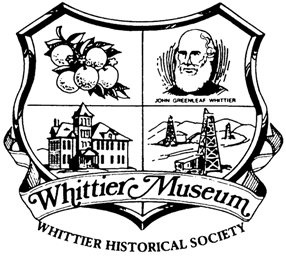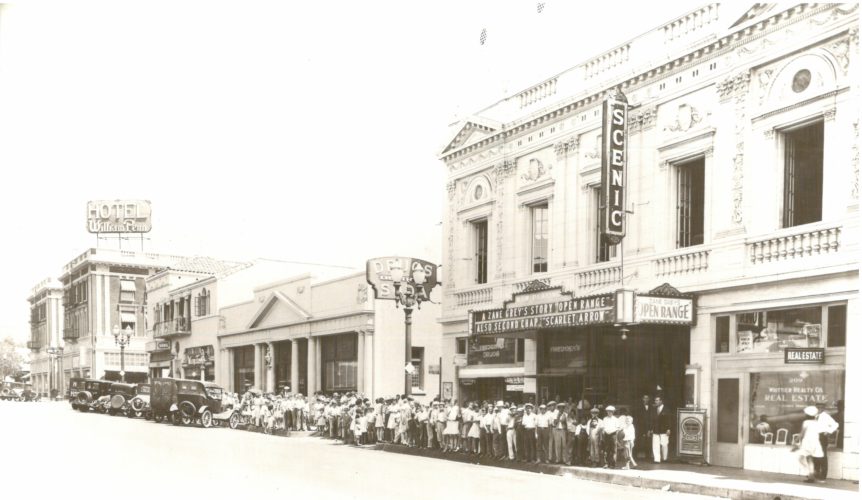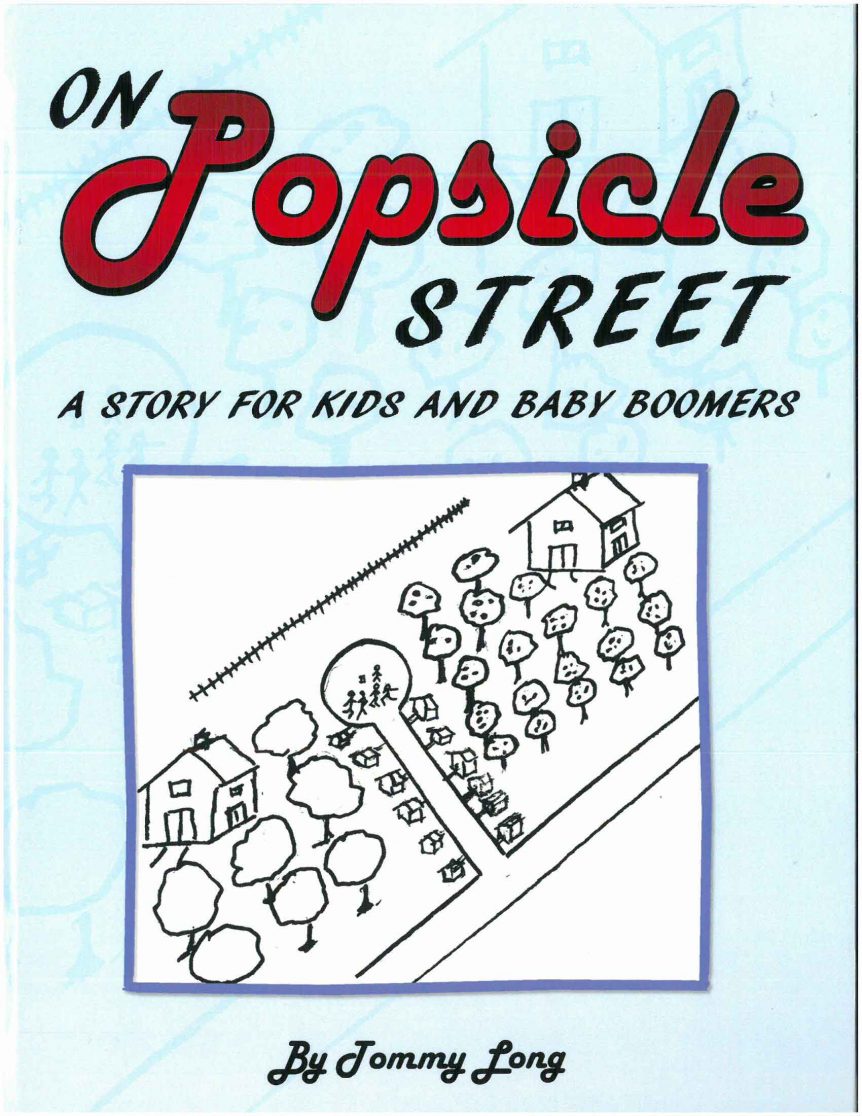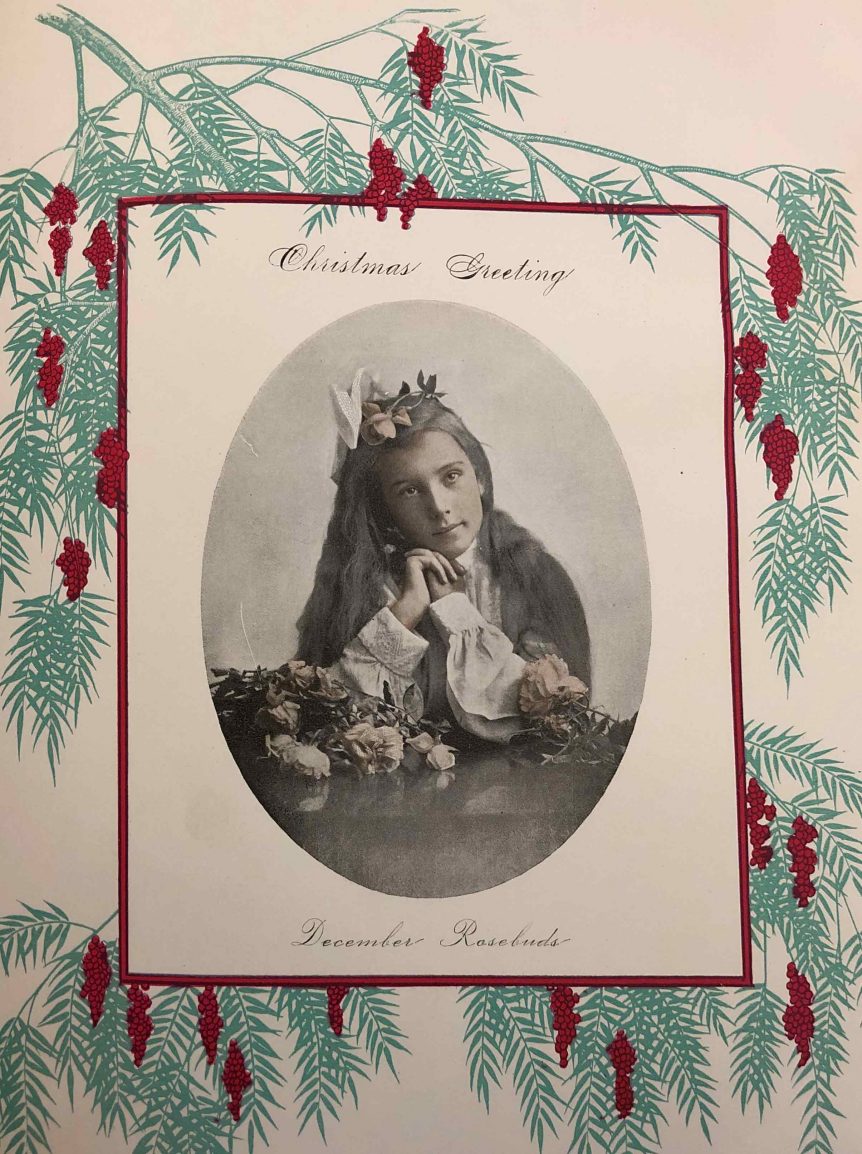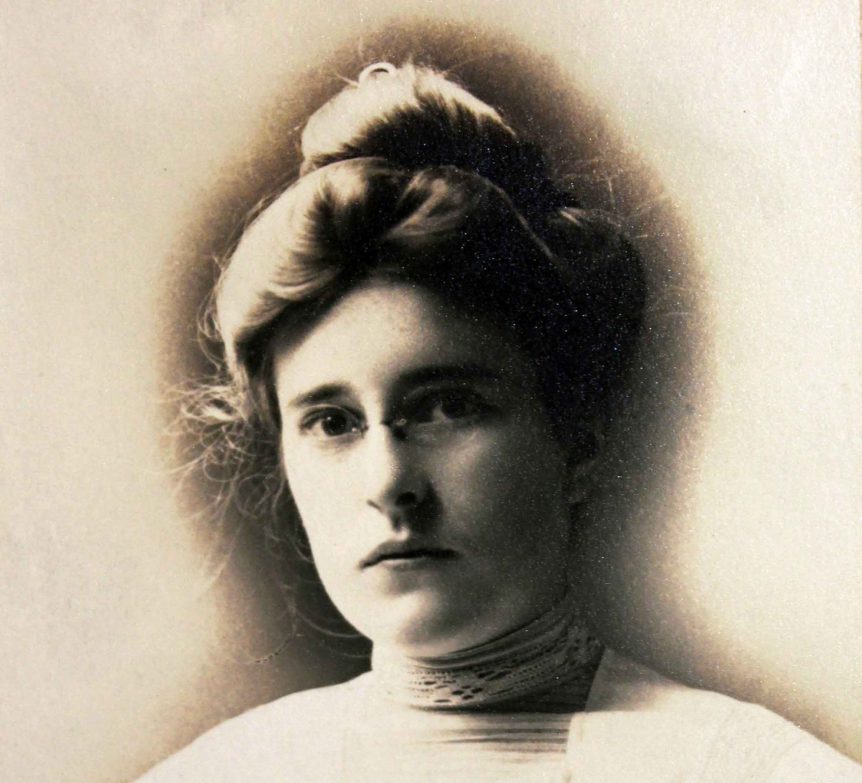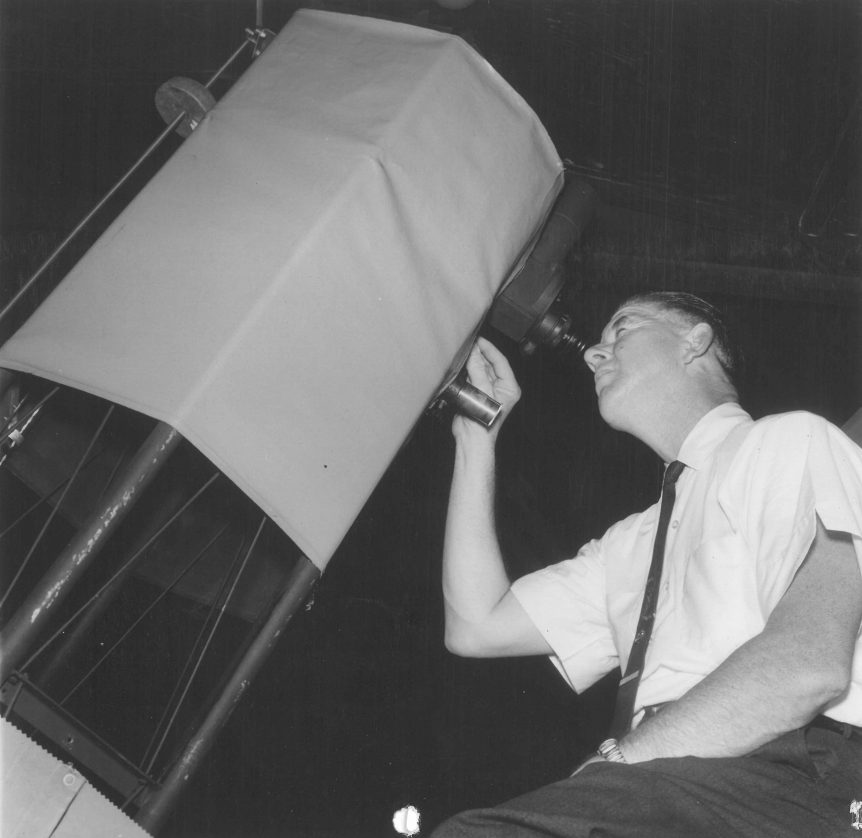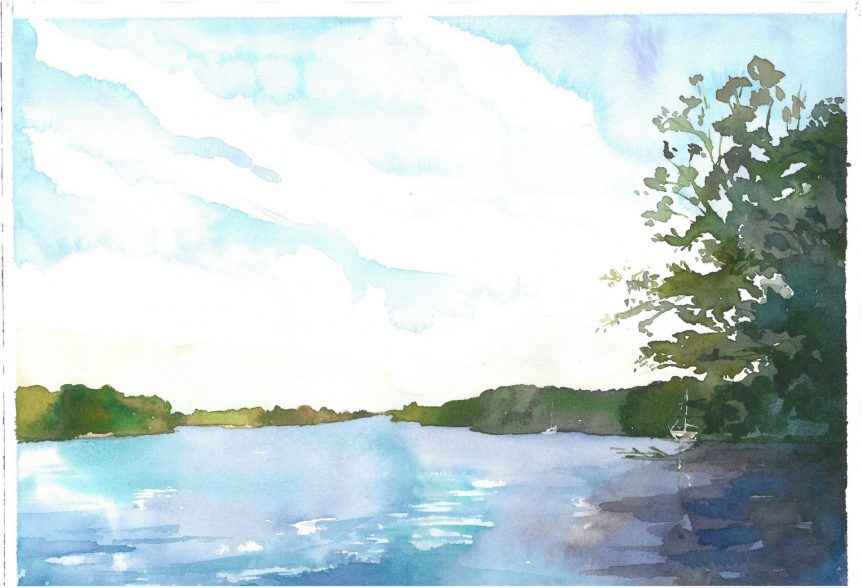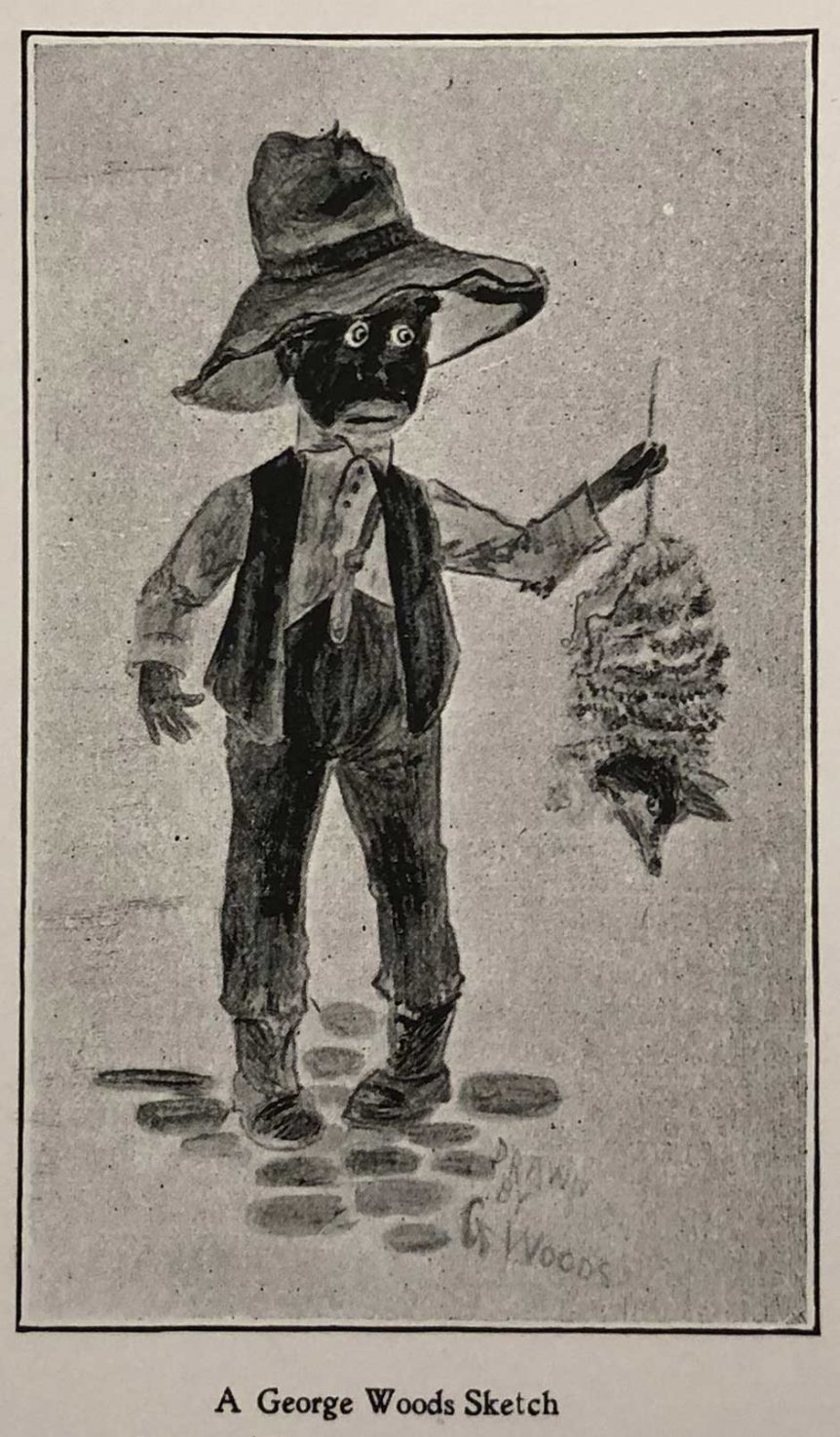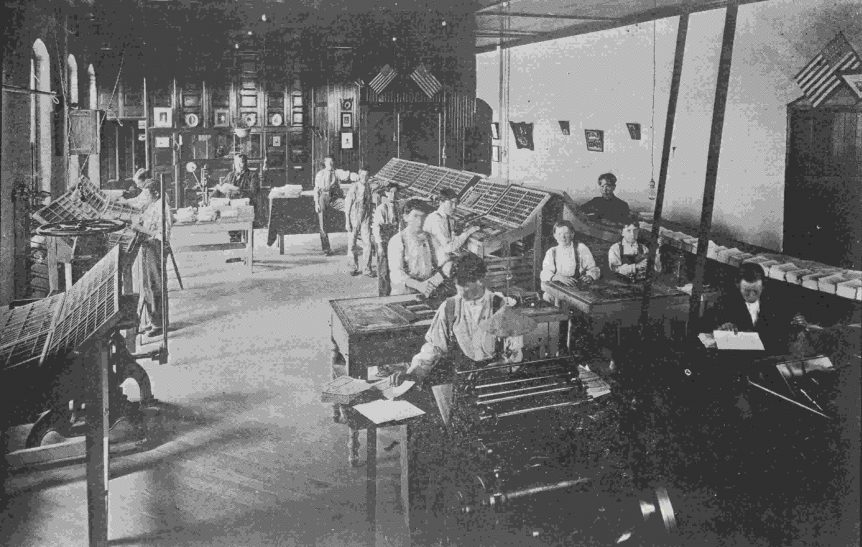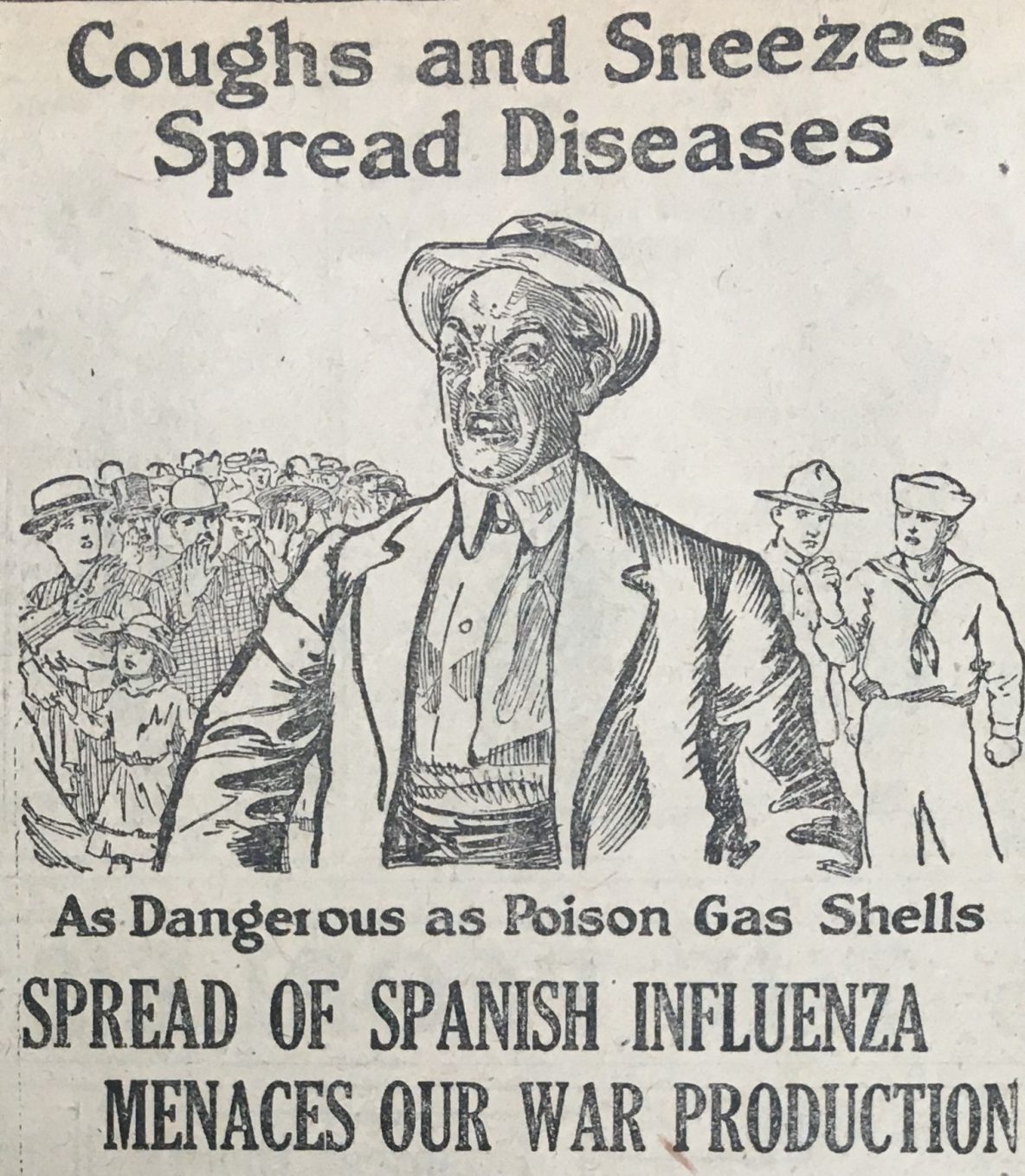Adapted from the Whittier Museum Gazette articles from April 2022, March 2023 & April 2023 by Nicholas Edmeier, Curator.An exciting point in any early 20th century city’s life was the arrival of its first movie theater, followed by the building of bigger and better rivaling theaters. Before anything we would recognize as a “movie theater” in Whittier, most film showings during the 1910s started as pop-up moving-picture shows that were shown any place people could gather: churches, community centers, school auditoriums, etc. Most of the these were traveling film companies charging a nickel to see a 15 minute or shorter …
On Popsicle Street – A Trip Down Memory Lane
If you grew up in the Whittier area in the 1940’s, 50’s or even 60’s, On Popsicle Street by Tommy Long is a real treat. It is a memoir of Tommy Long’s childhood spent on a cul-de-sac street in Uptown Whittier that looked like a popsicle from overhead. (I would say it looked more like a lollipop – but hey – it’s Tommy’s book.) When Tommy was six years old (1949), three other boys about his age moved into houses on Popsicle Street (actually named Pacific Place – right off of Pickering Ave near the five-points bridge.) Naturally, the four …
1904 Christmas at the Whittier State School
This article was transcribed from The Whittier Boys & Girls Magazine, Jan 1905, Vol. 12, No. 9. Christmas Day, 1904, is numbered with the past, and Whittier pupils have once more taken up life’s stern duties and struggles with the beginning of another year. But there are many boys and girls at Whittier who will ever remember the Christmas just past as one of the happiest and best days in all their lives. Not that they may not have many other bright and happy days in the years to come – for their opportunities are great to make life a …
Mabel George Haig’s Post Pearl Harbor Letter
Born and educated in Blue Earth, Minnesota, Mabel George Haig has been recognized as one of Whittier’s important artists and community leaders. She first came to Whittier at the age of ten with her mother in 1894, seven years after Whittier’s establishment by the Quakers, to visit her grandparents, Hiram and Nancy Mendenhall. Mabel’s grandparents lived in a clapboard farmhouse on Mendenhall Ranch in East Whittier. East Whittier Middle School now stands on land that was part of Mendenhall Ranch. Mabel George returned to visit Whittier multiple times before marrying Myron Haig and then finally moving to Whittier in 1914. The newlywed couple built their home on Hadley Street …
Paul Nemecek’s Telescope
You never know what someone is going to bring to the Whittier Museum. Majority of the time it’s copies of Whittier High yearbooks or Whittier Daily newspapers; but every so often it’s something very unexpected. At the beginning of August, during the sixth month of our temporary closure, I was contacted by Sarah Hall, a Whittier resident, who was inquiring if the museum would be interested in accepting a homemade telescope built by a former Whittier resident, Paul Nemecek. Sarah’s father, Mike Pavelski, had acquired Nemecek’s telescope years ago as a keepsake from Nemecek’s family, but was now unable to …
Mysterious Lake Marie
People come to the Whittier Museum archives to research a variety of topics. They range from researching their homes, ancestry, a former business/building or just to clarify something they remember from their past. We do our best to help everyone who comes to the museum, but there is always the possibility we do not have what they’re looking for. When we can find the smallest bit of data to add to what someone is looking for, it’s a victory for Whittier history. Last month we were contacted by a former resident of South Whittier, Jim Lentine, now a resident of …
George Woods: A Whittier State School Cadet Part 2
In an earlier post, we were introduced to a Whittier State School cadet by the name of George Woods who attended the school from 1899 to 1906. George was popular among the boys and staff because of his humor and artistic talent. The story ended with a lament that there was no information about George after he left the Whittier State School. I am now happy to report that there is some additional information to share. Credit for finding this information goes to local artist, historian, and friend of the Museum, Vicki Schramm. The main source of this article is …
George Woods: A Whittier State School Cadet Part 1
George Woods, a cadet at the Whittier State School, was a good kid. How do we know anything about George? The boys and girls attending the Whittier State School (WSS) published a monthly magazine called, appropriately, The Whittier Boys and Girls Magazine. It was both written and printed at the school by the boys in the printing shop. The girls submitted articles, stories, essays and poems to the Magazine, but they were not involved in editing, lay-up, or printing as the boys were. The California State Archives in Sacramento have a good collection of the WSS publications. Staff and volunteers …
Whittier in the Time of the Spanish Influenza
Whittier was only 31 years old when it was hit by the world-wide pandemic called Spanish influenza. It was called the Spanish flu not because it originated in Spain, but because most of the hard-hit European nations were under war-time censorship, so the news just didn’t get out. Spain, being a neutral country during WWI, widely publicized the outbreak occurring there. About 675,000 Americans would die from the Spanish Flu between 1918 and 1920. The first Whittier death from the Spanish flu occurred at the Whittier State School on September 14, 1918. Cadet Walter Bruhms was a healthy 16 year-old. …
